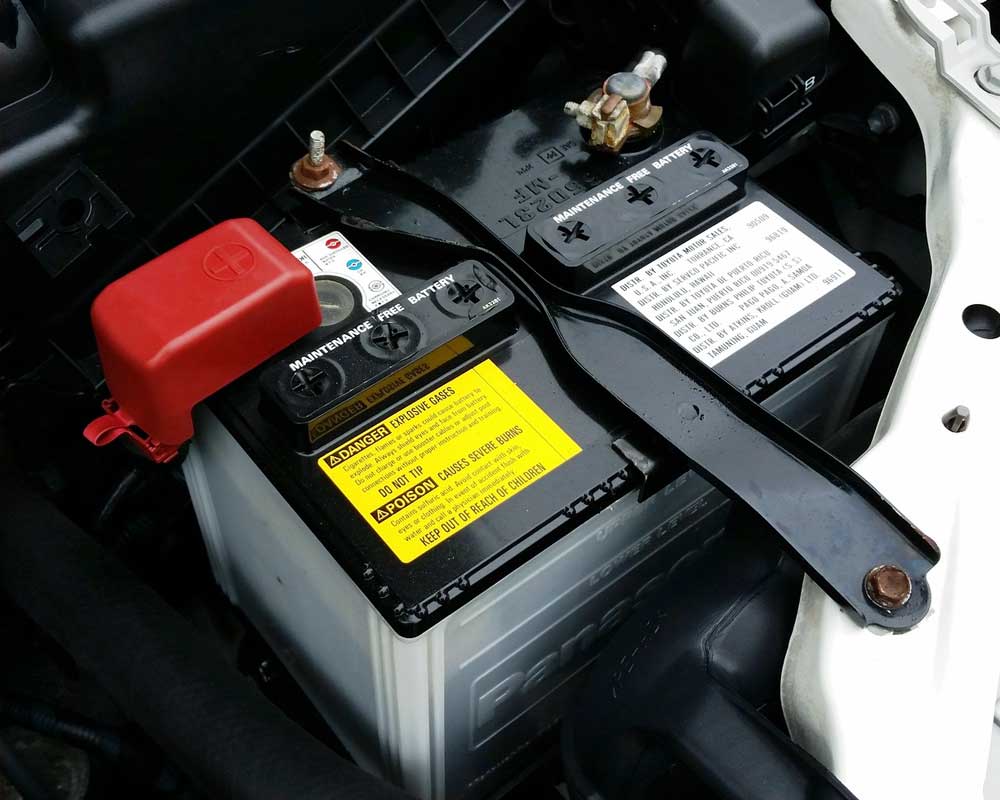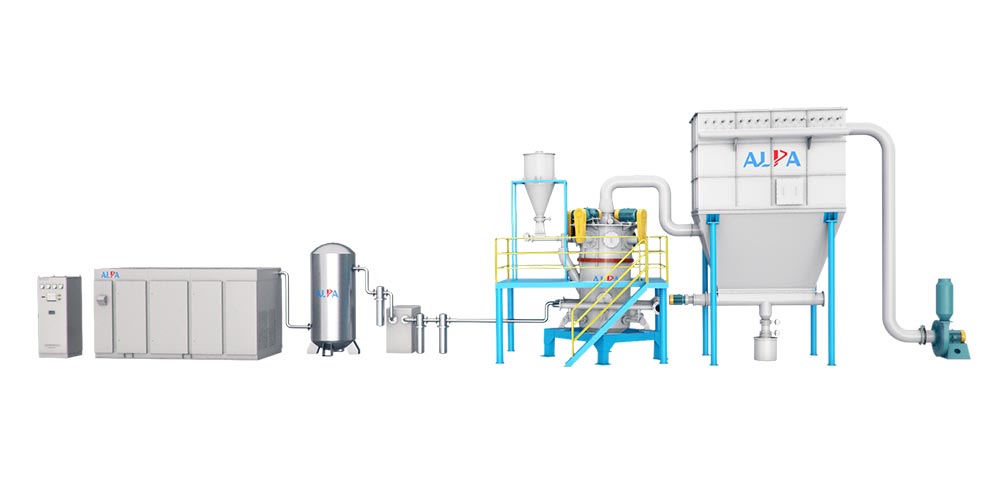The jet mill effectively controls the particle density of battery raw materials and helps the development of the industry
Increasing the particle density of the positive electrode material can achieve the purpose of increasing the energy density of the battery. In this process, the jet mill can be said to have played a key role, because the particle density of the battery material depends on the particle density of the raw material. The jet mill can easily pulverize battery materials with high precision, and the pulverized product is fully compatible with its subsequent applications.

Jet mills have outstanding advantages in battery materials, especially in the preparation of cathode material raw materials, which are specifically manifested in the following aspects:
[High efficiency] The full use of jet energy can increase the crushing efficiency by 30% compared with the traditional jet mill. When used in conjunction with the classifier, the particle size distribution is ultra-narrow.
[Multi-purpose] One machine has multiple uses, it can be used as a grinder or as a classifier alone. The crushing particle size range is wide, and the particle size of the finished product can be adjusted arbitrarily within the range of 1~45μm.
[Environmental protection] Low temperature, no media crushing, to ensure the purity and physical and chemical properties of the product. The equipment runs under negative pressure, and there is no dust pollution.
[Small abrasion] The “jet mill + high-precision turbo classifier” can process ultra-fine powder with high purity and ultra-narrow, avoiding the abrasion of the crushing part of the “spray + horizontal classifier” and “fluidized bed + The abrasion of the “horizontal classifier” classification part is especially suitable for ultra-fine grinding of high-hardness and high-purity materials.
[Large output] When producing products with ultra-narrow particle size distribution, the yield is more than 1 times higher than that of traditional counter-jet and ordinary jet mills.

When the jet mill is working, the material is first fed into the silo, and the uniform feeder sends the material into the crushing chamber. The supersonic jet generated by the rapid acceleration of the compressed air through the nozzle forms a centripetal reverse jet flow field in the lower part of the crushing chamber. The material in the grinding chamber is fluidized under the effect of the difference. The accelerated material will be pulverized by violent impact, collision, shearing and crushing at the intersection of the multi-nozzle. The coarse particles in the flow field generated by the turbine are thrown near the side wall under the action of centrifugal force, and fall back to the crushing chamber with the stalled coarse powder to be crushed again, while the fine powder that meets the fineness requirements passes through the flow path of the classifier blade. It is transported to the cyclone separator through the exhaust pipe for collection as a finished product, a small amount of fine powder is further separated from the gas and solid by the bag collector, and the purified air is discharged by the induced draft fan.
